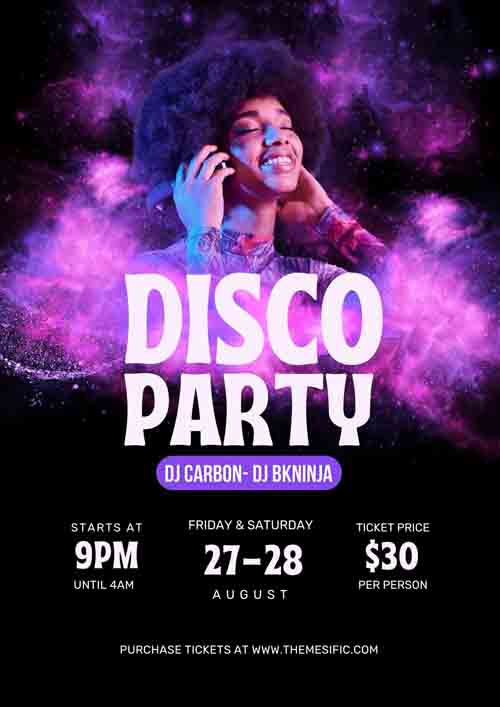Jazz music is often regarded as one of the most influential genres in the history of modern music. Its rich history and unique characteristics have left a lasting impact on various genres that followed. In this article, we will delve into the profound influence of jazz music on contemporary music genres.
From Swing to Bebop: Jazz’s Evolution
Jazz music originated in the early 20th century, with its roots in African American communities in New Orleans. It quickly gained popularity across the United States and became synonymous with the Roaring Twenties. The swing era of the 1930s and 1940s saw the rise of big bands and iconic jazz musicians like Duke Ellington and Count Basie. In the 1940s, bebop emerged as a more complex and improvisational form of jazz, paving the way for further experimentation.
The swing era brought a sense of joy and exuberance to jazz music. Big bands featuring brass sections and vibrant rhythms became the soundtrack of the era. The improvisational nature of jazz allowed musicians to showcase their skills and create unique performances every night. Bebop, on the other hand, introduced a new level of complexity and virtuosity. Musicians like Charlie Parker and Dizzy Gillespie pushed the boundaries of improvisation, playing lightning-fast melodies and intricate harmonies.
The Birth of Cool Jazz
Cool jazz, which emerged in the late 1940s and 1950s, took a more relaxed and understated approach compared to the energetic swing and bebop. Artists like Miles Davis and Chet Baker popularized this style, which incorporated influences from classical music and emphasized melodic improvisation.
Cool jazz brought a new level of sophistication to the jazz scene. With its smoother and more laid-back sound, it appealed to a wider audience. The use of modal scales and subtle harmonies created a sense of tranquility and introspection. Cool jazz was characterized by its mellow tones, delicate phrasing, and a focus on melodic development.
Miles Davis’ album “Birth of the Cool,” released in 1957, is often cited as one of the defining records of this subgenre. Featuring a nonet ensemble, it showcased the innovative arrangements and unique instrumentation that became emblematic of cool jazz. The album’s tracks, such as “Boplicity” and “Moon Dreams,” exemplify the cool jazz aesthetic with their relaxed tempos, intricate harmonies, and nuanced improvisations.
Fusion and Jazz-Rock: Breaking Boundaries
In the 1960s and 1970s, jazz began to fuse with other genres, giving birth to jazz-rock fusion. Artists like Miles Davis, Herbie Hancock, and Weather Report blended jazz with elements of rock, funk, and electronic music, creating a new and exciting sound.
“The beauty of jazz is that it’s not just music; it’s a way of life, it’s a way of being, a way of thinking.” – Herbie Hancock
Jazz’s Influence on Contemporary Genres
Jazz music’s influence on modern genres is undeniable. From its early roots in New Orleans to its fusion with rock, funk, and hip-hop, jazz has shaped the landscape of contemporary music. As we look to the future, jazz will undoubtedly continue to inspire and influence generations of musicians to come.
Contemporary Pop
Jazz harmonies and improvisation have found their way into contemporary pop music. Artists like Amy Winehouse, Norah Jones, and John Legend incorporate jazz elements in their compositions, adding sophistication and depth to their sound.
Hip-Hop
Jazz samples and beats have become integral to the sound of hip-hop. Producers and artists often sample jazz records, adding a nostalgic and soulful touch to their tracks. Acts like A Tribe Called Quest and Kendrick Lamar have successfully blended jazz and hip-hop, creating a unique and innovative style.
Neo-Soul
Neo-soul, a subgenre of R&B, draws heavily from jazz influences. Artists like Erykah Badu, D’Angelo, and Jill Scott infuse their music with jazz-inspired melodies, harmonies, and improvisation, creating a soulful and timeless sound.
Recommended Listening
- “Kind of Blue” by Miles Davis
- “Time Out” by Dave Brubeck Quartet
- “A Love Supreme” by John Coltrane
- “Head Hunters” by Herbie Hancock
Further Reading
- “The History of Jazz” by Ted Gioia
- “Jazz: A Beginner’s Guide” by Stuart Nicholson
- “Jazz 101: A Complete Guide to Learning and Loving Jazz” by John Szwed


